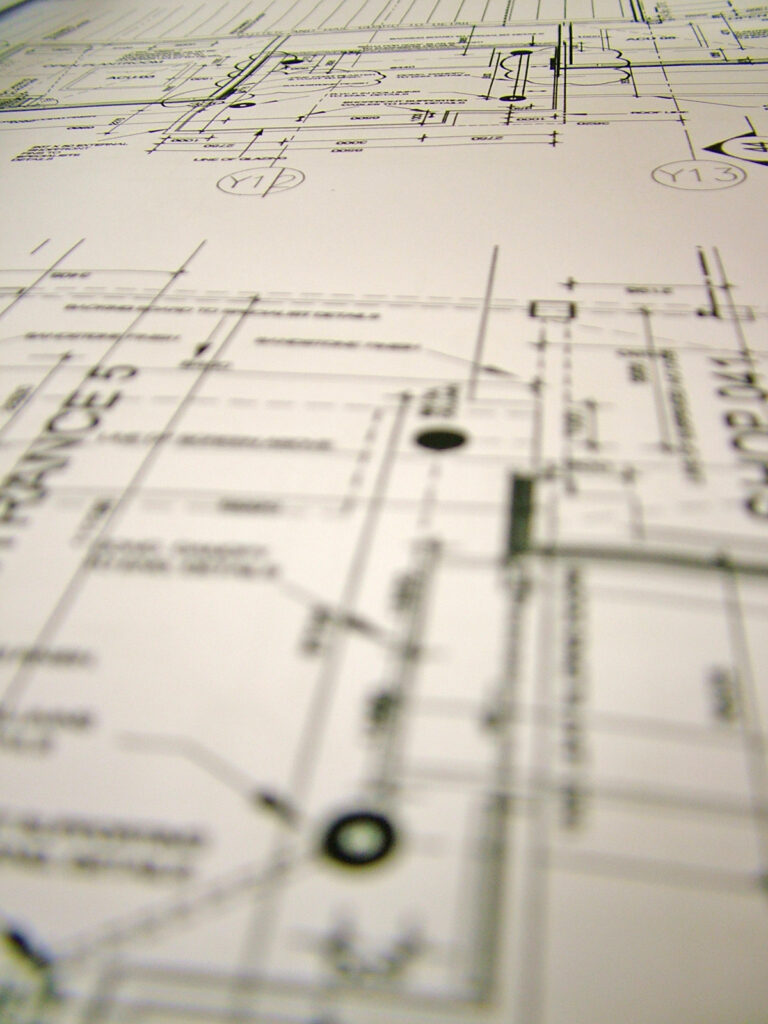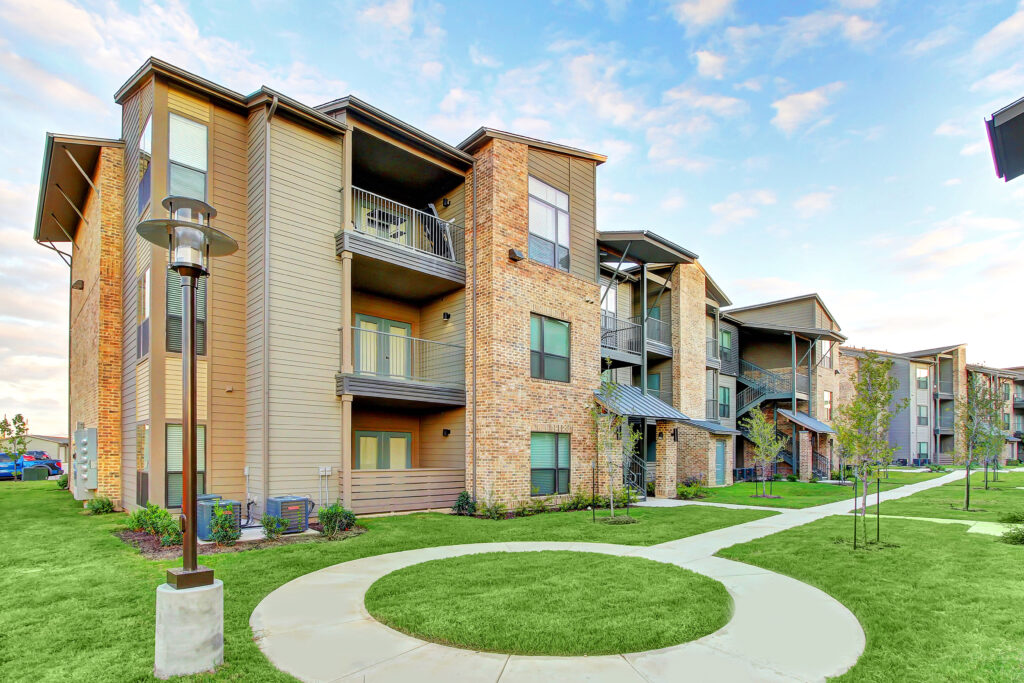For first time investors, commercial real estate can feel intimidating. Today, we’re going to discuss 7 commercial real estate terms you should familiarize yourself with so you can begin your journey into commercial real estate investing like a pro.
Commercial Real Estate Terms to Know
There are 7 commercial real estate terms that you must know before you make any commercial real estate investment decisions. We’ll cover them below so you can be in the know when it comes time to make your first commercial real estate investment. Let’s get started!
Net Operating Income
Net Operating Income, also referred to NOI, is the calculation of your gross rental income minus operating expenses. NOI is a good reflection of the overall value of a commercial property. These expenses in this calculation do not include mortgage payments or property depreciation. NOI is at the heart of every commercial real estate investment deal. It helps determine the property value now and what the property will be worth in the future, what your monthly cashflow will be, and it will influence your offer.

Cash on Cash Return
Cash on cash return is also known as your ROI, or return on investment. It is the heart of your money or your investor’s money and is basically your annual cash flow divided by your down payment. Return on investment or your ROI is a very important term because it’s not how much money you spend on the property, but how fast your money is coming out of the property. In commercial real estate investing, investors are looking for double digit returns on investments.
Capitalization Rate
Capitalization Rate, better known as Cap Rate in the commercial real estate industry, is the NOI divided by the sales price. It’s important to know this because the cap rate is used to measure a building’s performance, without considering the mortgage financing. In layman’s terms, a cap rate is your return on investment if you paid all cash for the property. A high cap rate usually indicates a higher risk investment, whereas a low cap rate (4-6%) signifies a lower risk investment opportunity.
Debt Coverage Ratio
Debt Coverage Ratio, or DCR, is a term used frequently with lenders. It’s defined as the amount of cash flow available to pay your mortgage. The formula is the DCR is equal to your NOI divided by your annual debt. All commercial lenders want you to be able to pay the mortgage and have something left over. Debt coverage ratio tells you how much is left over. One of the reasons this is so important is because it’s the first number the lender will check to see if a deal is lendable. Lenders usually want to see a debt coverage ratio of at least 1.2 or more.
Price Per Unit and Square Footage
Price Per Unit is at the heart of determining what a property is worth and also what to offer when you’re considering buying a property. Price per unit is a term usually used for apartments and is calculated by dividing the price of the property by the number of units. If you have a $500,000 apartment building and you have 10 units in it, that’s $50,000 a unit. That is how you calculate the price per unit.
Price Per Square Foot is used for other types of real estate buildings, such as office space, retail buildings, and industrial developments. To determine the price per square foot, you use the same calculation as price per unit, but instead divide the price by the square footage. So, a $500,000 building that is 10,000 square feet would be $50/sqft.
Building Classification Types
Commercial buildings are separated into three classes. These classifications mean different things to different types of investors. Building classes are most often associated with industrial real estate, but can applied across the whole spectrum of commercial real estate.
Class A Building
Class A buildings are the newest and highest quality, with the best location and highest rents. They are beautiful buildings in beautiful neighborhoods and attract the highest quality tenants. They are typically downtown with commercial on the main level and residential units on the top.
Class B Building
Class B buildings are usually a little older, but they are still good quality and attract average, working class tenants. Oftentimes value added investors target these types of buildings as investments since well-located class B buildings can be returned to their A class glory. These are the most stable properties. As a commercial real estate investor, your goal is to find a B class building in an A class neighborhood and then renovate that building to get A class rents.
Class C Building
Class C is the lowest official classification and the buildings are older and need updating. They have the lowest rents and you’ll find lower to middle income tenants in them. If you are an apartment investor, class C is the way to go because the ratio between the price per unit and the rents are still good and you can get the highest returns. There will always be a demand for them because they are the most affordable, especially with the rising rents of Class A and B apartments. However, you need to be careful because the buildings tend to need a lot of maintenance and the neighborhoods and tenants could be challenging.
Understanding Leases
Leases with tenants is the lifeblood of commercial real estate properties. Leases help prevent foreclosure on your investment and keeps a stable monthly flow of income for investors. Leases are legally binding written agreements between the property owner and the tenant. Different commercial real estate properties have different lease types.
Apartment Leases
Leases with tenants in multifamily developments can be for one year, 9 months, or on a month-to-month basis. Leases give property owners the right to collect rent, evict tenants, and take them to court if they don’t pay. Leases help ensure investors see return on their investments.
Types of Leases for Office Space and Retail Centers
Office space and retail buildings have different lease types than multifamily developments. These leases are full service leases, triple net lease, and modified gross lease. A full service lis s where the tenant pays a flat fee and the landlord pays for everything, including insurance, taxes, repairs, and utilities. A triple net lease is where the tenant pays for everything; insurance, taxes, maintenance, utilities, and repairs. Modified gross lease is a type of a lease where expenses are shared between the tenant and landlord.

Casey Development, Ltd: Commercial Real Estate Experts in Central Texas
Casey Development, Ltd. has been investing in and developing commercial properties in San Antonio, New Braunfels, and Austin for years. We’re the commercial real estate experts investors turn to when they’re looking for the right partner to help find investment opportunities that produce high yield returns. Contact our team of real estate investors today to learn more.
